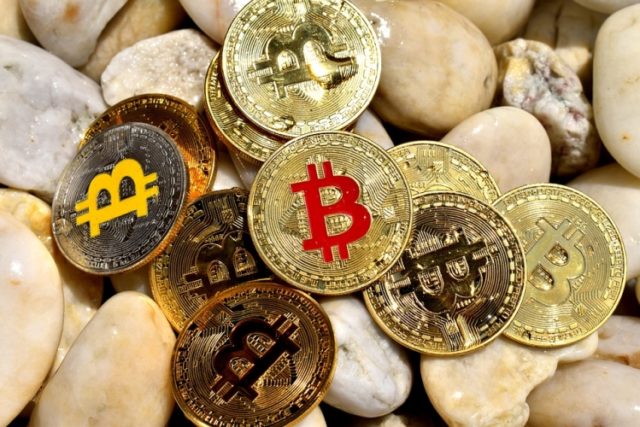- NZD/USD is losing ground around 0.6200 in early Asian session on Thursday.
- New Zealand’s GDP fell 0.2% in the second quarter compared with 0.1% growth previously, better than expected.
- The US Fed cut its interest rate by 50 basis points to 4.75%-5.0% on Wednesday, as widely expected.
The NZD/USD pair is down to near 0.6200 during the early Asian session on Thursday. Recent GDP data revealed that New Zealand’s economy contracted again in the second quarter, suggesting the depth of its economic malaise. Later on Thursday, the US weekly initial jobless claims, the Philly Fed manufacturing index and existing home sales will be released.
Data released by Statistics New Zealand on Thursday showed that the country’s Gross Domestic Product (GDP) contracted by 0.2% quarter-on-quarter in the second quarter (Q2) compared with 0.1% growth in the first quarter. This reading was above expectations for a 0.4% contraction. Meanwhile, annual GDP for the second quarter came in at -0.5%, compared with 0.5% growth in the first quarter, in line with estimates.
The better-than-expected GDP number failed to boost the Kiwi as traders continue to weigh up the Federal Reserve’s (Fed) big interest rate cut in a rather volatile session on Wednesday. Financial markets are now pricing in more than 50% chance of a 50 basis point cut by the Reserve Bank of New Zealand (RBNZ) as soon as October.
As for the USD, the US Fed cut its benchmark interest rate by 50 basis points to 4.75%-5.0% for the first time in four years, as widely expected. Fed officials are now turning their attention to supporting a weakening labor market and achieving a rare “soft landing,” which curbs inflation without causing a sharp recession.
During the press conference, Fed Chairman Jerome Powell said the half-point rate cut does not represent a new pattern for the central bank, but that policymakers want to keep the economy and labor market healthy.
GDP FAQs
A country’s gross domestic product (GDP) measures the growth rate of its economy over a given period of time, usually a quarter. The most reliable figures compare GDP with the previous quarter (for example, Q2 2023 with Q1 2023) or with the same period a year earlier (for example, Q2 2023 with Q2 2022).
Annualized quarterly GDP figures extrapolate the quarter’s growth rate as if it were constant for the rest of the year. However, they can be misleading if temporary shocks affect growth in one quarter but are unlikely to last the entire year, as was the case in the first quarter of 2020 with the outbreak of the coronavirus pandemic, when growth plummeted.
A higher GDP result is usually positive for a nation’s currency, as it reflects a growing economy, which is more likely to produce goods and services that can be exported, as well as attract more foreign investment. Similarly, when GDP falls it is usually negative for the currency.
When an economy grows, people tend to spend more, which causes inflation. The country’s central bank then has to raise interest rates to combat inflation, with the side effect of attracting more capital inflows from global investors, which helps the local currency appreciate.
When an economy grows and GDP increases, people tend to spend more, which causes inflation. The country’s central bank then has to raise interest rates to combat inflation. Higher interest rates are negative for Gold because they increase the opportunity cost of holding Gold versus putting the money in a cash deposit account. Therefore, a higher GDP growth rate is usually a bearish factor for the price of Gold.
Source: Fx Street
I am Joshua Winder, a senior-level journalist and editor at World Stock Market. I specialize in covering news related to the stock market and economic trends. With more than 8 years of experience in this field, I have become an expert in financial reporting.







